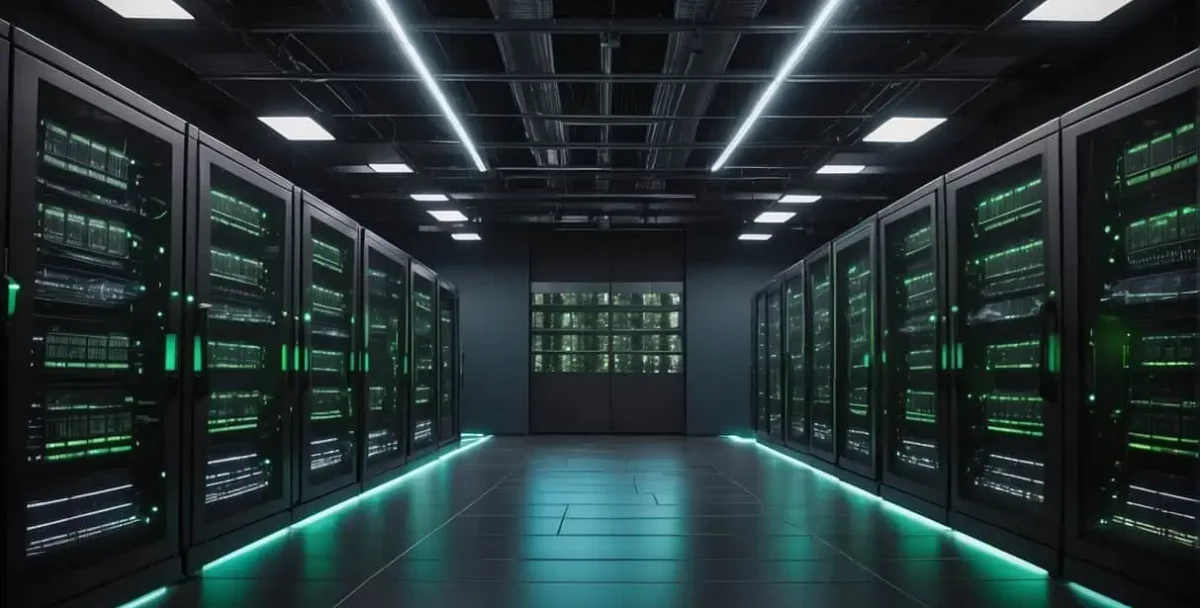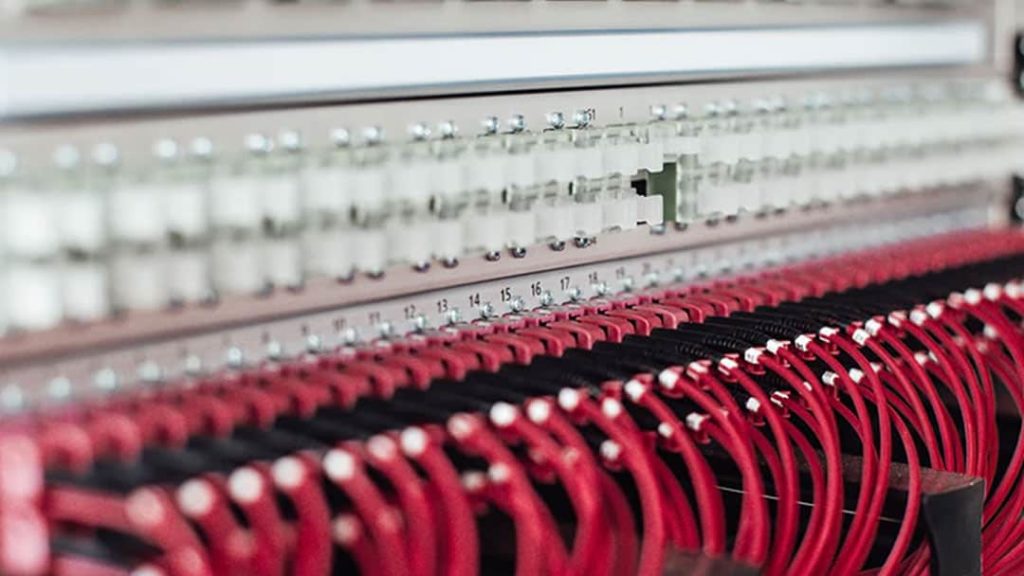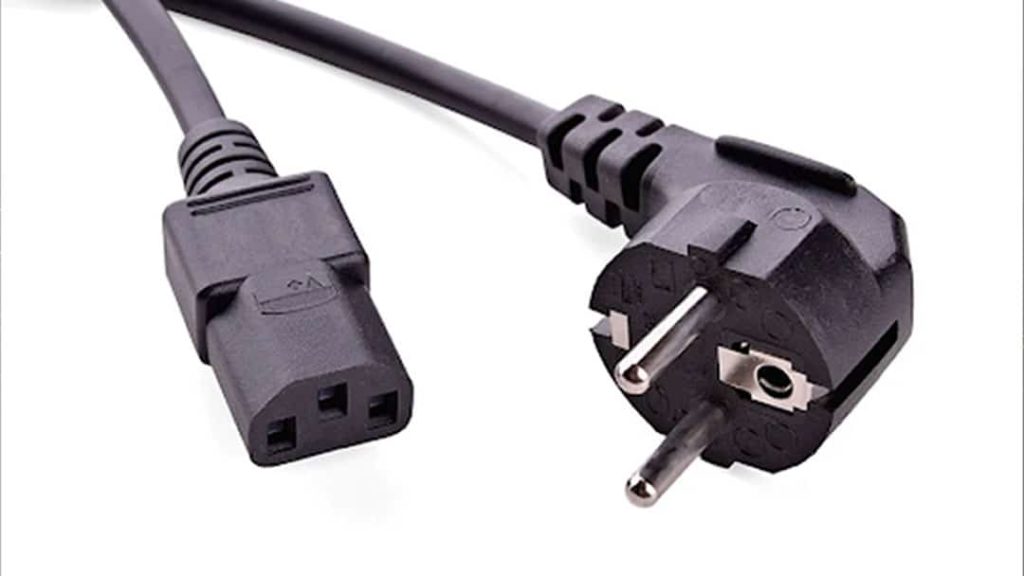Data centers are the backbone of the digital economy, providing the infrastructure necessary for cloud computing, data storage, and online services that businesses and consumers depend on daily. As these facilities consume significant amounts of energy, there is a growing focus on making their operations more sustainable. Data center sustainability involves implementing practices and technologies to reduce energy usage, lower carbon emissions, and minimize environmental impact, all while maintaining or enhancing performance. This means leveraging energy-efficient hardware and software, modernizing cooling systems, and adopting green power sources.
Operators are also exploring practices to make data centers more eco-friendly, such as using renewable energy to power facilities, improving power management, and creating sustainable infrastructure. This aligns with a global push towards greener IT solutions as concerns about climate change and energy consumption increase. Companies are driven by regulatory requirements, customer demands, and a genuine commitment to responsible stewardship of the environment to revamp their data center operations toward more sustainable models. Furthermore, embracing a circular economy approach ensures that data center components are recycled or repurposed at the end of their life cycle, mitigating waste and promoting resource efficiency.
Key Takeaways
- Data centers are critical to the digital economy and efforts to make them sustainable are intensifying.
- Sustainable strategies include using energy-efficient technologies, renewable power sources, and green operational practices.
- Future sustainability efforts will be shaped by regulatory standards, industry leadership, and continuous technological advancements.
Understanding Data Center Sustainability

In the realm of information technology, data center sustainability has emerged as a critical focus area. It necessitates a multipronged approach, addressing energy efficiency, resource conservation, and sustainable practices that align with organizational goals.
Defining Data Center Sustainability
Data center sustainability refers to the practice of designing, building, and operating data centers in a manner that reduces their environmental impact. This includes minimizing energy consumption, utilizing renewable energy sources, and adopting energy-efficient technologies in infrastructure. It spans areas such as power usage effectiveness (PUE), water usage effectiveness (WUE), and carbon footprint reduction. Organizations are required to track metrics and set definitive benchmarks to gauge their sustainability efforts over time.
The Role of AI in Sustainability
Artificial intelligence (AI) plays a pivotal role in boosting data center sustainability. By leveraging AI, organizations can optimize cooling systems, predict maintenance needs, and dynamically adjust energy consumption. AI technologies help data centers to become more responsive to changes in workloads, leading to enhanced efficiency and reduced wasteful energy use. For instance, machine learning algorithms can forecast server demand and adjust resources accordingly, leading to a more sustainable operation.
Sustainability and Organizational Goals
The pursuit of sustainability is increasingly intertwined with the core goals of organizations. A sustainable data center is not just about ecological responsibility but also about long-term economic viability and adherence to regulatory standards. Organizations must align their sustainability initiatives with their overall business strategy, ensuring that environmental efforts also support financial and operational objectives. This integration demonstrates a commitment to corporate social responsibility and can lead to a competitive advantage in the marketplace.
Table 1: Key Sustainability Objectives in Data Center Management
| Objective | Description |
|---|---|
| Energy Efficiency | Optimize power consumption and cooling efficiency. |
| Renewable Energy Adoption | Shift towards solar, wind, and other renewable energy sources. |
| Waste Reduction | Implement recycling and responsible disposal practices. |
| Green Certifications | Achieve industry standards such as LEED, Energy Star. |
| Community and Stakeholder Engagement | Engage with local communities and stakeholders on sustainability projects. |
By focusing on these objectives, organizations ensure that their data center operations contribute positively to their sustainability goals.
Energy Efficiency Strategies
Achieving energy efficiency in data centers is pivotal for operational cost reduction and environmental sustainability. These strategies focus on harnessing innovative designs and cooling technologies that improve power use effectiveness (PUE) and reduce carbon output.
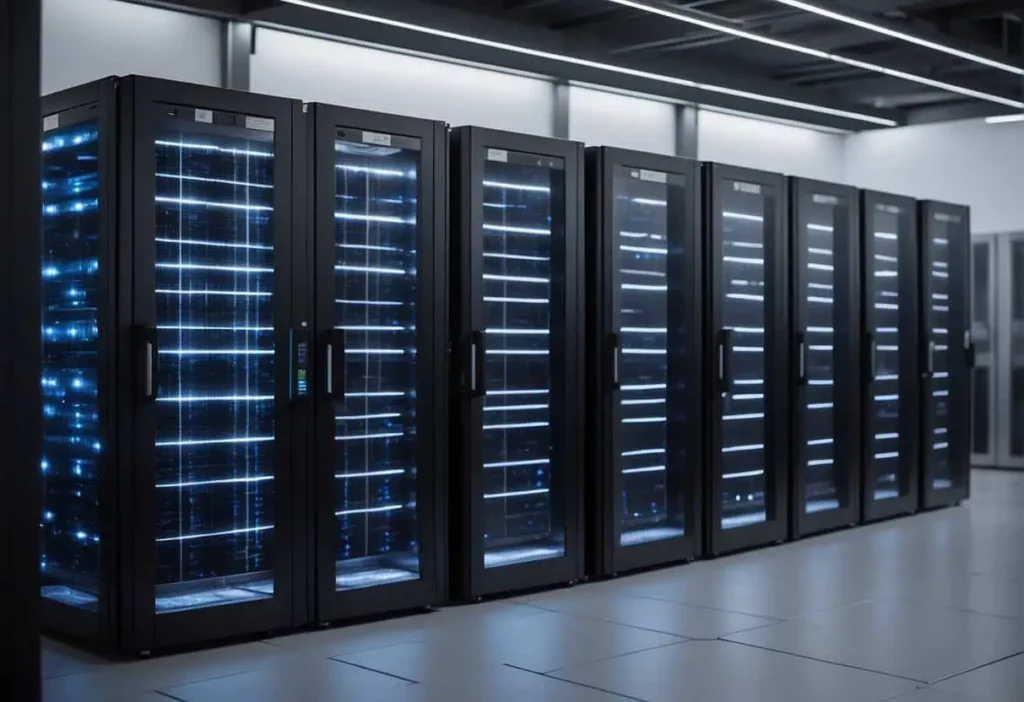
Advanced Cooling Techniques
Data centers generate a significant amount of heat, necessitating effective cooling to ensure optimal performance. Liquid cooling, a more efficient alternative to traditional air cooling, uses conductive liquids to absorb heat. This method can include direct-to-chip cooling, where coolants circulate directly over hot components. Additionally, immersion cooling, where components are submerged in a non-conductive liquid, provides an even more potent reduction in cooling-related energy consumption.
Energy Efficient Design Principles
Data centers are large consumers of power, so incorporating energy-efficient design principles from the outset is essential. Design should prioritize modularity, allowing for scalable solutions that grow with demand while optimizing space and energy use. Architects and engineers should also focus on the layout of the components and racks to maximize airflow, minimizing the workload on cooling systems.
Innovations in IT Hardware
Innovation in IT hardware has a notable impact on the energy consumption of data centers. Manufacturers are investing in servers and storage that not only perform better but also operate more efficiently. The adoption of components with advanced power-saving modes and higher energy efficiency ratings lowers the overall power requirement. Additionally, regular upgrades to the latest hardware can significantly improve energy efficiency as newer technologies often require less energy to operate.
Renewable Energy and Power Management
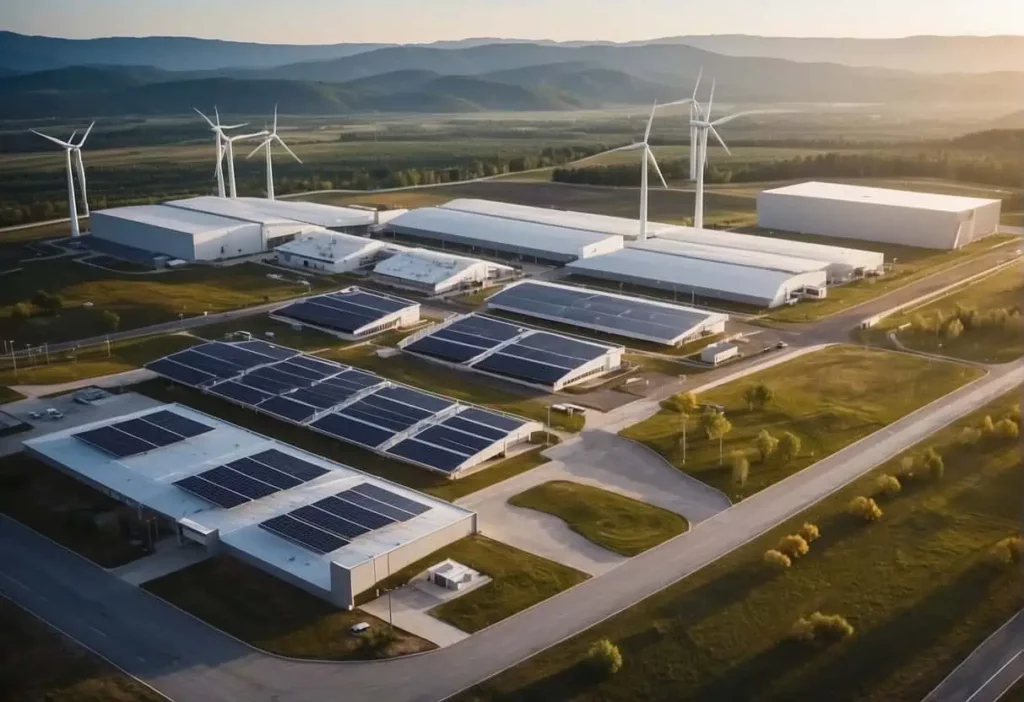
In the landscape of data center operations, the adoption of renewable energy sources and efficient power management strategies stand crucial for minimizing carbon footprint and optimizing energy consumption.
Integration of Renewable Energy Sources
Data centers have increasingly started to incorporate renewable energy sources such as solar and wind energy to power their operations. This shift is driven by the need to reduce reliance on fossil fuels and mitigate environmental impact. For instance, Amazon and Microsoft have leveraged renewable energy through power purchase agreements (PPAs), underlining the significant role of the data center industry in the transition to greener energy solutions.
Power Usage Effectiveness (PUE)
Power Usage Effectiveness (PUE) is a metric that measures how efficiently a data center uses energy; specifically, it is the ratio of the total energy consumed by the data center to the energy used by its IT equipment. The goal is to achieve a PUE as close to 1.0 as possible, indicating that nearly all energy consumed is used for computing services. Operators focus on refining cooling systems and deploying energy-efficient hardware to improve their PUE.
Energy Procurement and Credits
Data centers also focus on energy procurement strategies to manage their electricity use. They often opt for PPAs to secure a consistent supply of renewable energy. Additionally, the use of renewable energy credits (RECs) allows them to certify that a certain amount of their power consumption is sourced from renewable energy. This approach not only supports the growth of the renewable sector but also aligns with the global objective of decarbonizing energy grids.
Sustainable Infrastructure and Operations
In the realm of data centers, achieving sustainability is instrumental in aligning with global environmental targets and efficiency imperatives. The sustainable infrastructure and operations encompass a broad range of approaches that target energy efficiency, water conservation, and responsible resource management within the supply chain.
Optimizing Data Storage and Usage
Efficient data storage is a cornerstone of sustainable data center operations. Operators are increasingly turning to data deduplication and compression techniques to reduce the storage footprint. This not only decreases energy consumption but also lowers the cost of operations. Additionally, optimizing server utilization through virtualization allows for fewer physical servers, which attenuates infrastructure overhead and energy usage.
Water Usage Effectiveness (WUE)
A vital metric in data center sustainability is Water Usage Effectiveness (WUE), which measures the amount of water used to cool a facility against the energy consumed by the IT equipment. Data centers are leveraging innovative cooling technologies to minimize water consumption, such as air-side economization and sophisticated cooling solutions that re-use water. These methods aid in reducing the freshwater impact and improving the WUE in the process.
Sustainable Supply Chain Management
The supply chain for data centers encompasses the procurement of servers, storage, network equipment, and building materials that support infrastructure. To enhance sustainability, centers should prioritize suppliers with robust Environmental, Social, and Governance (ESG) policies. Furthermore, the adoption of modular design in infrastructure promotes sustainability by facilitating easier upgrades and reduced waste. A sustainable supply chain not only supports environmental objectives but also strengthens resiliency and reliability within the infrastructure itself.
Regulations, Standards, and Green Initiatives
In the pursuit of a more sustainable future, data centers around the globe are adopting green initiatives and adhering to stringent regulations and standards. These efforts are in direct response to climate change, where sustainable practices and Environmental, Social, and Governance (ESG) considerations play pivotal roles in industry transformation.
Global Data Center Regulations
Governments worldwide have implemented regulations to curb emissions and promote energy efficiency within data centers. These vary by region, but the common objective is to address the climate change challenge. In the European Union, for example, the Code of Conduct on Data Centre Energy Efficiency sets best practices that data center operators can voluntarily adhere to in order to minimize their energy consumption and carbon footprint.
Industry Standards and Certifications
The data center industry recognizes various standards and certifications that are critical to fostering sustainability. Among these is the Leadership in Energy and Environmental Design (LEED), a widely renowned certification that appraises the environmental performance of a building and encourages market transformation towards sustainable design. Similarly, the Energy Star rating system, primarily known for its application to appliances, also covers data centers, quantifying their energy efficiency.
ISO standards such as ISO 50001, focused on energy management, provide frameworks for organizations to systematically improve their energy performance—a critical aspect considering data centers’ significant energy demand.
Company-Specific Green Goals
Organizations are increasingly setting ambitious in-house green targets. Such company-specific green goals are often part of broader ESG strategies, demonstrating a commitment to sustainable operations. Companies may pledge to achieve net-zero carbon emissions, enhance their use of renewable energy, or improve water conservation practices. These targets not only contribute to mitigating climate change but also resonate positively with stakeholders who prioritize sustainability in their investment decisions.
Circular Economy and End-of-Life Strategies
Implementing circular economy principles is critical for enhancing the sustainability of data centers. These strategies focus on extending the lifecycle of materials and reducing waste through effective end-of-life management.
Recycling and Refurbishing in Data Centers
Data centers can significantly reduce their environmental impact by integrating recycling and refurbishing practices. Recycling in data centers involves the recovery of valuable materials from outdated equipment, ensuring they are processed and returned to the supply chain. This includes metals such as copper and aluminum, as well as rare earth elements used in electronic components.
- Recycled Materials:
- Copper
- Aluminum
- Rare Earth Elements
Refurbishing extends the life of data center hardware. Components and entire systems are repaired, updated, or repurposed to meet current technological standards and demands, thereby delaying the need for new resource extraction.
- Steps in Refurbishing:
- Repairing damaged parts
- Updating software or firmware
- Repurposing for different tasks
Carbon Offsets and Neutralization
Data centers aiming for carbon neutral status invest in carbon offsets as a means to counteract their greenhouse gas emissions. Offsets might involve funding renewable energy projects or tree planting initiatives, balancing out the carbon footprint created by the data center’s operations.
- Carbon Offset Strategies:
- Renewable Energy Projects
- Reforestation and Conservation Programs
Actively partaking in carbon offsetting projects not only aids in reaching a net-zero carbon impact but also can fulfill corporate social responsibility goals and bolster a data center’s reputation for environmental stewardship.
Impact of Data Centers on Climate Change
As data centers continue to underpin the global economy, their energy consumption has a notable impact on climate change. The acceleration of digital services increases the demand for these facilities, thereby raising concerns about their carbon footprints.
Reducing Carbon Emissions
Data centers are significant energy consumers, with estimates suggesting that they could contribute up to 3.2% of global carbon emissions by 2025. The focus on reducing carbon emissions revolves around optimizing energy efficiency in existing data centers and designing new ones to be more sustainable. Techniques include:
- Consolidated Storage: Centralizing data storage to reduce the need for multiple physical devices, thus minimizing energy consumption.
- Virtualization: Allowing for fewer servers to handle the same tasks, which can significantly cut power usage.
Commitments to Decarbonization
The data center industry is increasingly committed to decarbonization, responding to customer demand and regulatory pressures. Strategies being adopted are:
- Renewable Energy Use: Integrating solar, wind, and other renewable sources to power facilities.
- Energy Optimization: Continually refining data center design and management, such as advanced cooling systems, to reduce energy needs.
By strategically focusing on these areas, data centers can mitigate their effect on climate change, aiming for a more sustainable technology infrastructure.
Case Studies and Industry Leaders
In the realm of data center sustainability, leading companies showcase a series of innovative practices, while regional efforts emphasize the collaborative push towards greener infrastructure.
Innovative Practices by Leading Companies
Google has been a frontrunner in sustainable data center operations, achieving the remarkable feat of matching 100% of its energy consumption with renewable energy since 2017. They employ machine learning to predict and improve energy usage, significantly reducing their PUE.
Microsoft has pledged to be carbon-negative by 2030, and part of this initiative involves their data centers. They’ve explored underwater data centers to improve cooling efficiency and are increasingly investing in renewable energy sources and energy storage technologies.
- Amazon has committed to running on 100% renewable energy by 2025. Its AWS data centers are a part of this pledge, focusing on high-efficiency server infrastructure and sustainable design.
- Schneider Electric actively develops energy management and automation solutions tailored for data center efficiency improvements, partnering with data center operators to reduce energy consumption.
Regional Sustainability Efforts
Ireland has become a strategic site for data center investments due to its cool climate and policies conducive to sustainability. For instance, Amazon and Microsoft both have significant data center presence in Ireland and have invested in local renewable energy projects.
Denmark is home to some of the world’s most energy-efficient data centers, leveraging the cool climate and strong policy frameworks for green energy. Google and Facebook have made substantial investments in Danish data center facilities, often incorporating the use of district heating schemes to repurpose waste heat.
- Equinix operates multiple data centers in these regions, adopting green building certifications and committing to 100% renewable energy across its global portfolio.
- Intel, while a chipmaker, collaborates with data center operators to optimize hardware for maximum energy efficiency, indirectly influencing sustainability in the industry.
Future Trends and Challenges
As the data center industry advances, emerging technologies and sustainability transformations are shaping its trajectory. Stakeholders must navigate the dual imperatives of upgrading with technical finesse while balancing the sustainability demands of the modern era.
Emerging Technologies and Data Center Evolution
Emerging technologies are significantly transforming data centers, with innovation at the forefront of this evolution. Anticipated developments include:
- Liquid Cooling Products: These technologies are set to play a crucial role in enhancing energy efficiency, as they are more effective in heat management compared to traditional air-cooling systems. This could lead to reduced power consumption and, by extension, lower energy costs.
- Artificial Intelligence (AI): AI implementation in data centers promises to optimize operations, enabling predictive maintenance and intelligent cooling solutions. This can extend the lifespan of hardware and streamline procurement processes, ensuring assets are acquired as needed and potential technical debt is minimized.
Challenges in Upgrading and Scaling Sustainability
The pursuit of sustainable operations presents several challenges:
- Balancing Costs and Benefits: While innovative solutions often reduce power consumption, the initial financial outlay can be significant. Organizations must assess the return on investment cautiously and consider options like credit facilities or sustainable procurement strategies.
- Technical Obsolescence: With rapid IT industry growth, there’s a pressing need to decommission outdated infrastructure. However, new commissioning processes must ensure minimal environmental impact through responsible recycling and reuse policies.
Entities such as efficiency, energy costs, power consumption, and innovation are at the heart of both emerging technologies and the scaling of sustainability. By acknowledging and addressing these issues, the data center industry can stride confidently into a more sustainable and technologically advanced future.
Frequently Asked Questions
The sustainability of data centers is a crucial aspect of the IT industry’s environmental impact strategy. This section addresses common inquiries on how sustainability is gauged, the measures being taken to enhance it, and the overall benefits to the environment.
How can data center sustainability be measured and reported?
Data center sustainability is typically measured by metrics such as Power Usage Effectiveness (PUE), which gauges the efficiency of a data center’s power usage. Companies often report sustainability by publishing their PUE scores, tracking server and storage utilization, and assessing the sustainability practices of their cloud service providers.
What steps are companies taking to improve data center sustainability?
Companies are implementing energy-efficient technologies, using renewable energy sources, and optimizing cooling systems. They are also designing data centers with sustainable materials and upgrading to more energy-efficient hardware to reduce their environmental footprint.
In what ways do sustainable data centers contribute to environmental friendliness?
Sustainable data centers minimize carbon emissions and water usage. By optimizing energy consumption and utilizing green energy, these facilities reduce the environmental impact. Such practices contribute significantly to lowering the carbon footprint of digital operations.
What are the latest trends in sustainable data center technologies?
Recent trends include the adoption of artificial intelligence for energy and cooling management, the use of advanced virtualization technologies to increase server utilization, and the development of innovative cooling solutions that reduce the reliance on traditional HVAC systems.
How are sustainability certifications impacting data center operations?
Sustainability certifications, such as LEED and ENERGY STAR, are pushing data centers towards stricter environmental standards. Achieving these certifications requires data centers to meet specific performance criteria, encouraging more responsible energy and resource usage in operations.
What are the main sustainability challenges facing data centers today?
The primary challenges include managing the ever-increasing data demand while reducing energy consumption, shifting to renewable energy sources, and mitigating the heat generated by data center facilities. Additionally, there is a constant need for investing in new technologies that support sustainable growth.
Last Updated on February 12, 2024 by Josh Mahan

